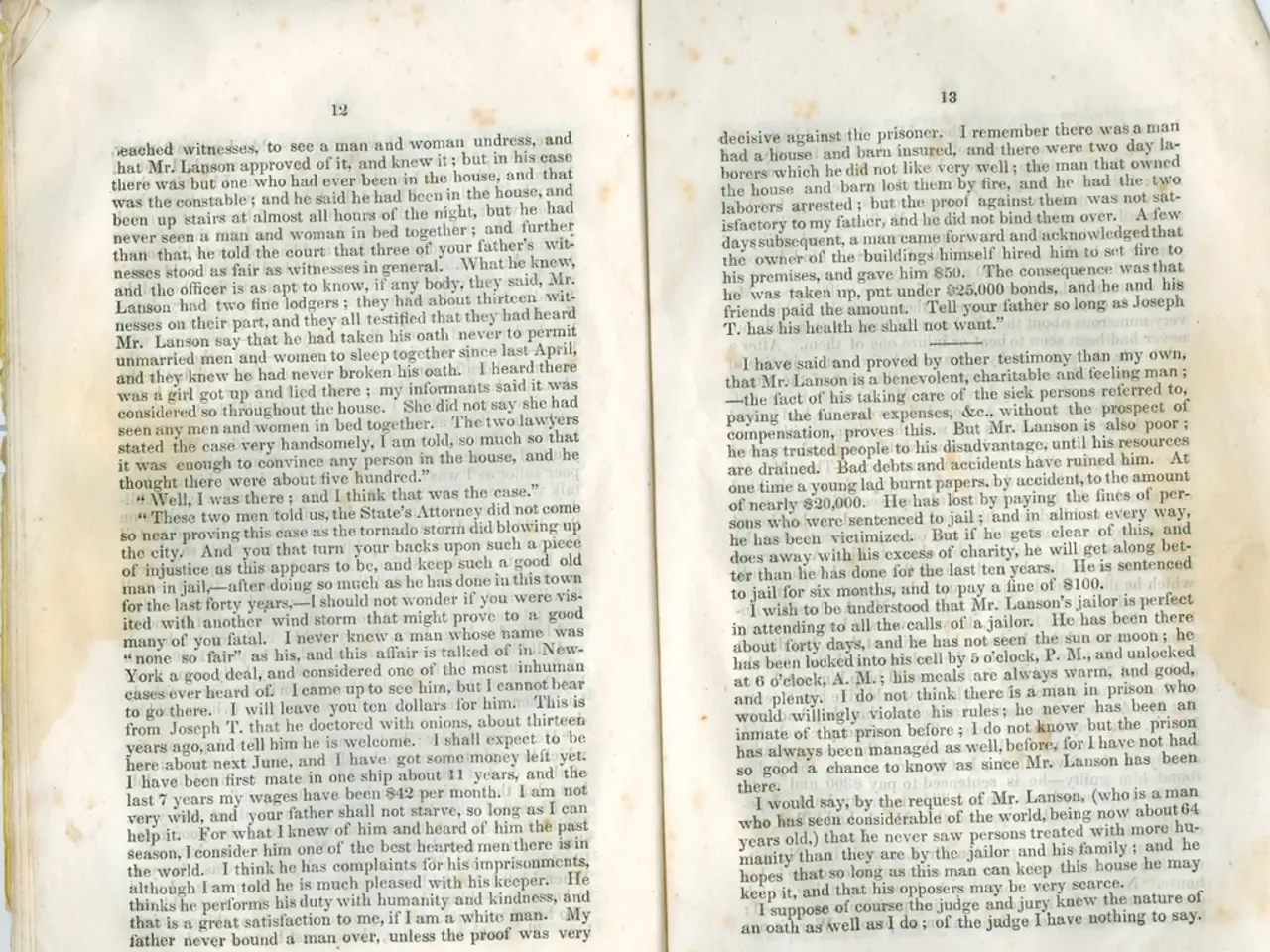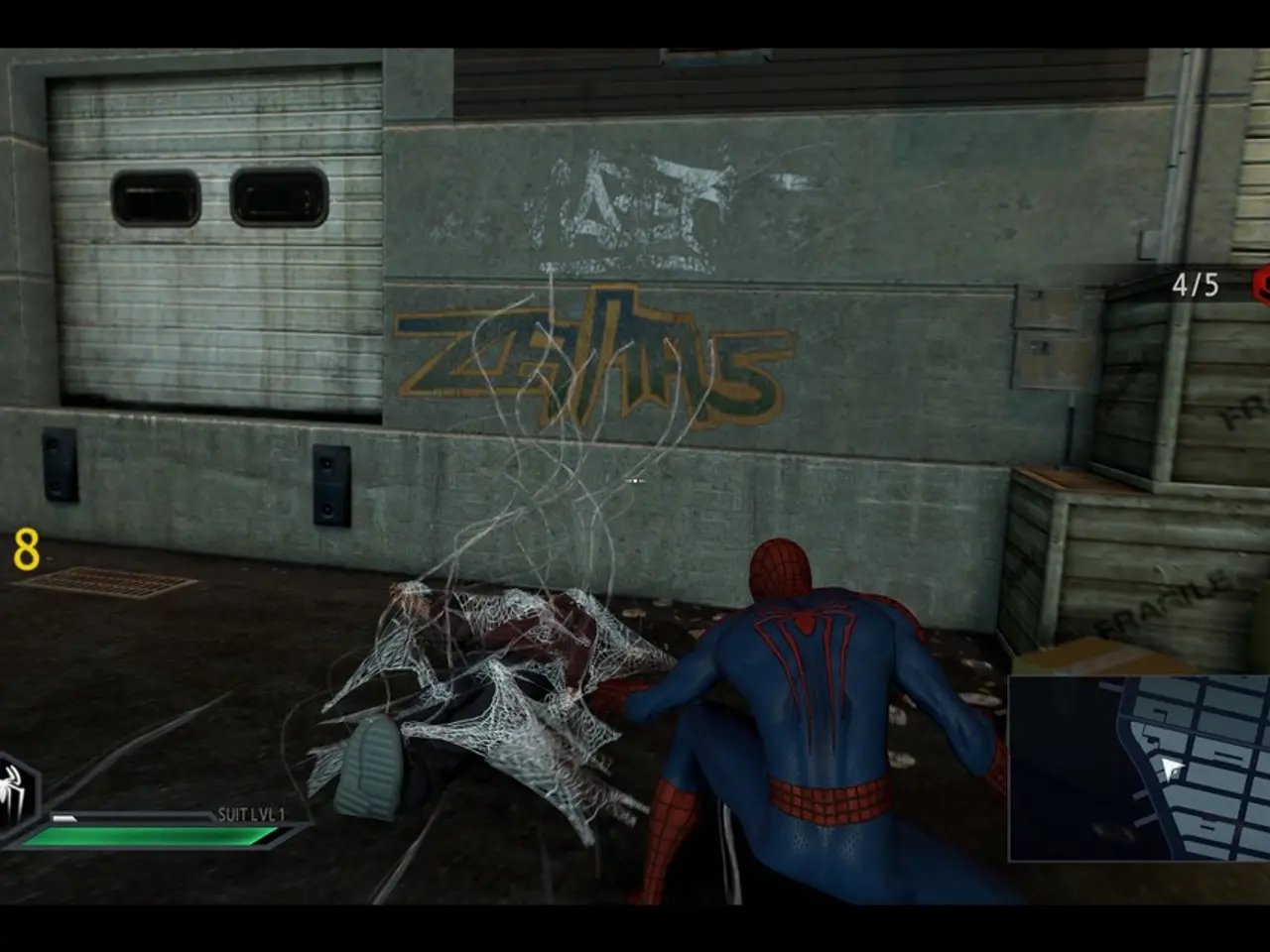Number of Pages in the Holy Quran: Investigating Variations and Publishing Standards
In the world of Quranic literature, the page count of printed editions can vary significantly, influenced by several factors. These factors include calligraphy style, font size, margin width, printing standards, and more.
The style of Arabic calligraphy used plays a significant role in the page count of the Quran. Early Qurans used Kufic script, characterized by angular and monumental letters which often required larger space per character, contributing to more pages for the same text length. In contrast, later scripts like Naskh are more compact and fluid, allowing more text to fit on a single page, reducing the overall page count.
Font size directly changes how many lines and words fit on a page; larger fonts increase page count, smaller fonts reduce it. Margin width similarly affects text layout: wider margins mean less space for text, leading to more pages, while narrow margins allow more text per page, decreasing total pages.
Printing standards encompass the type of paper, printing technology (offset vs. digital), and binding styles, all influencing the final physical size and thickness of the printed Quran. Higher-quality paper or thicker pages designed for durability or artistic presentation will increase book thickness but not page count per se. However, choices like coating or lamination, which can affect page opacity and feel, may also indirectly influence layout decisions based on readability and aesthetic standards.
Digital versions of the Quran offer greater flexibility in terms of font size and display settings compared to printed editions. Users can adjust font size, line spacing, and screen orientation, which dynamically alters the number of "pages" displayed. While digital Qurans may still emulate the 604-page layout for familiarity, the concept of a fixed page count becomes less relevant due to the adaptability of digital platforms.
The standard number of pages (roughly 604) is beneficial for Quran memorization (Hifz) due to its consistent structure and predictable divisions. This standard is typically associated with the Uthmanic script, also known as the Ottoman script, which is the standard script used in most printed copies of the Quran today.
It's important to note that the number of pages in a Quran edition does not affect its authenticity or integrity. The Quran consists of 114 chapters, known as Surahs, and each Surah is composed of verses, called Ayahs. The Quran is divided into 30 equal parts, known as Juz' (plural: Ajza'). Each Juz' begins at the top of a page in the 604-page Quran.
Smaller pocket-sized Qurans, designed for portability, typically have a reduced page count due to smaller font sizes and condensed layouts. Different typographical design choices, such as font size, margin widths, and the inclusion of supplementary material like translations and commentaries, can also affect the page count of Quran editions.
In conclusion, the page count of printed Qurans is influenced by various factors, including calligraphy style, font size, margin width, printing standards, and the inclusion of supplementary material. Understanding these factors can help readers appreciate the diversity and richness of Quranic literature.
[1] "Quran Manuscripts: A Comprehensive Study" by Dr. Ahmed Al-Hamad [2] "The Quran: A Universal Mirror" by Dr. Mohammad El-Awa [3] "The Quran: A Miracle of Revelation" by Dr. Muhammad Asad
Books offering insights into Quranic literature often contain discussions on the factors influencing the page count of printed Qurans, such as calligraphy style, font size, margin width, and printing standards. These books can also delve into the entertainment value derived from studying the typographical design choices, examination of supplementary materials, and the historical context of Quranic manuscripts.
A well-compacted Naskh script or smaller font sizes can be seen as exciting for editions seeking to reduce their page counts and provide a more portable reading experience, while the standard 604-page Uthmanic script Quran remains popular for its consistency and benefits in Quran memorization.







